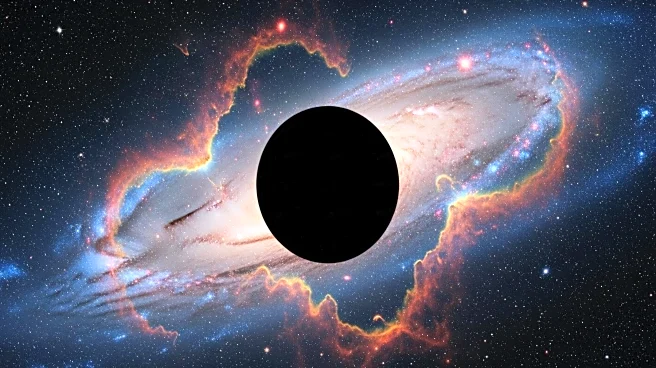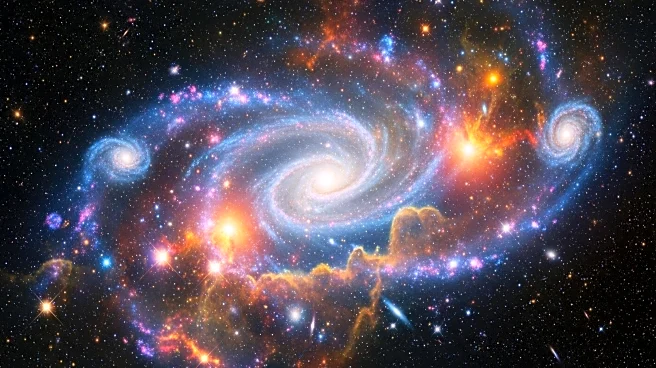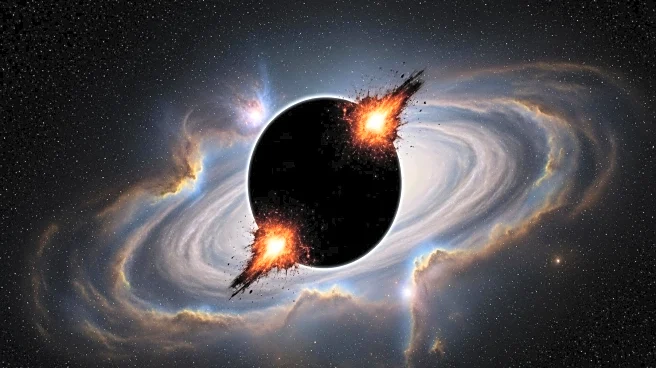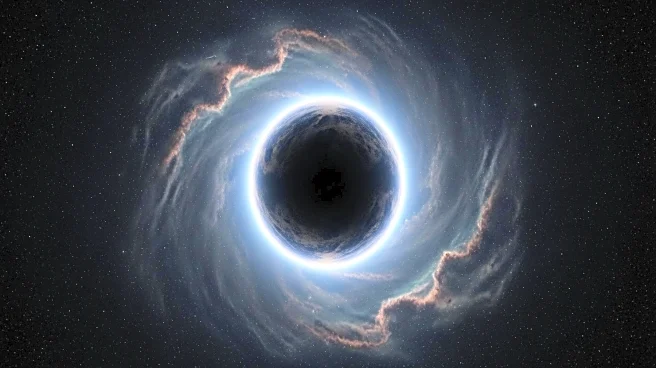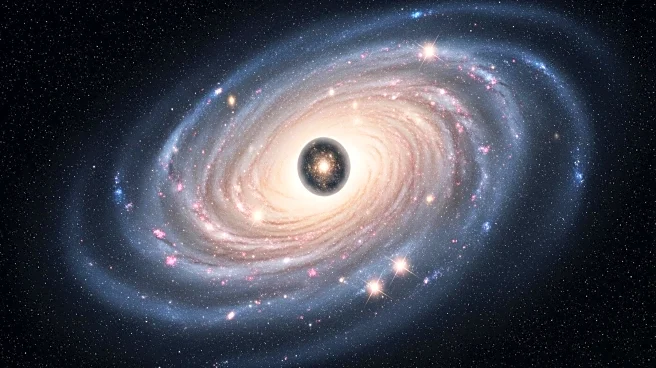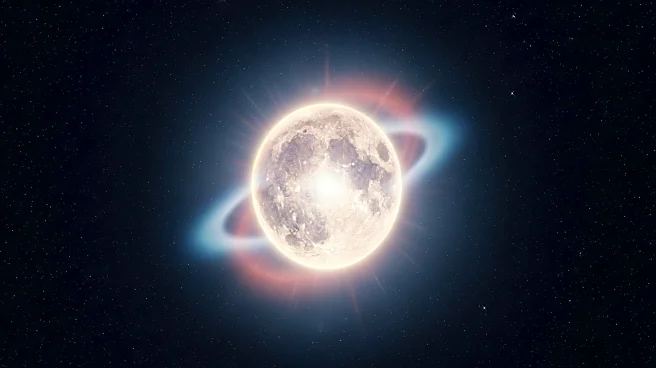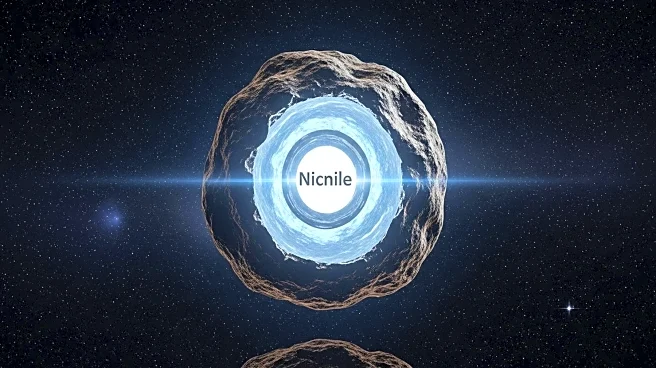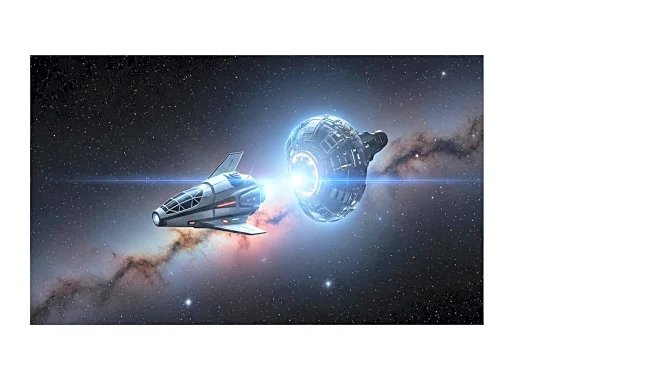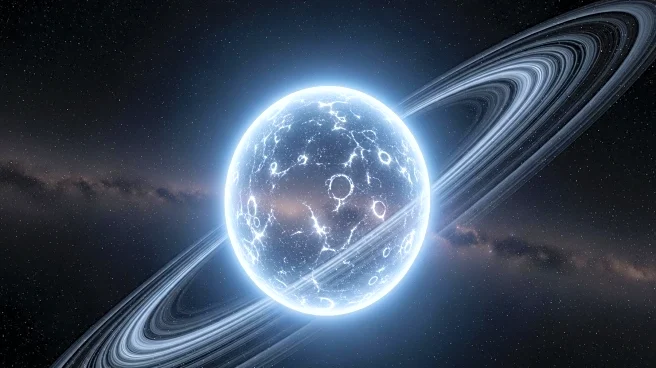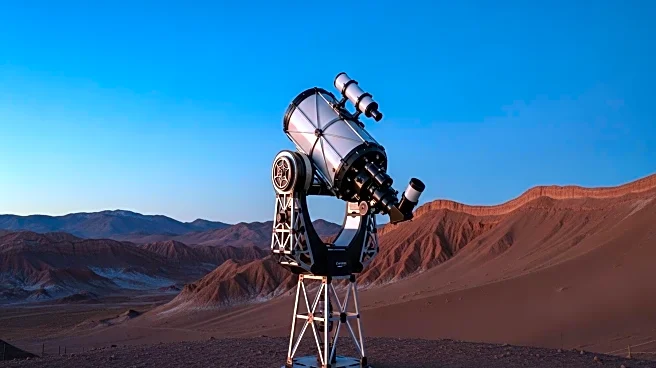What's Happening?
A rogue planet, identified as Cha 1107-7626, has been observed consuming an unprecedented 6 billion tonnes of gas and dust per second. This phenomenon was recorded by astronomers using the European Southern Observatory's Very Large Telescope in Chile. The planet, located about 620 light years away, is undergoing a growth spurt that challenges the traditional distinctions between stars and planets. Typically, rogue planets are free-floating and not attached to any star, making them difficult to study. The current observations suggest that the processes forming stars and planets might be more similar than previously thought, as the planet's growth rate is comparable to that of stars.
Why It's Important?
This discovery has significant implications for our understanding of planetary and stellar formation. The ability of a planetary-mass object to exhibit star-like growth processes suggests that the mechanisms behind the formation of celestial bodies may be more interconnected than previously believed. This could lead to a reevaluation of how astronomers classify and study these objects. The findings also highlight the potential for rogue planets to provide insights into the early stages of planetary development, offering a new perspective on the diversity and complexity of planetary systems beyond our own.
What's Next?
Further observations and studies are likely to focus on understanding the mechanisms driving the rapid accretion of matter by Cha 1107-7626. Researchers may also explore the chemical changes in the surrounding disc, such as the presence of water vapor, to gain deeper insights into the conditions that facilitate such growth. The ongoing analysis could refine models of planetary formation and challenge existing theories about the evolution of celestial bodies.
Beyond the Headlines
The discovery of Cha 1107-7626's growth spurt raises questions about the fundamental nature of rogue planets and their role in the cosmos. It suggests that the line between stars and planets is not as clear-cut as once thought, potentially leading to new classifications and understandings of these objects. This could also impact the search for life beyond Earth, as the conditions on rogue planets might differ significantly from those in traditional planetary systems.

